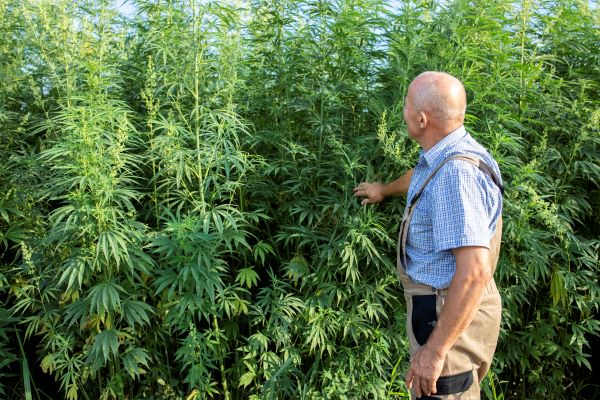Cultivating cannabis is an art that requires a delicate balance of care and attention. One crucial aspect of growing healthy and potent cannabis plants is proper fertilization. Whether you're a seasoned grower or a beginner, understanding the dos and don'ts of using cannabis fertilizer is essential. In this guide, we'll explore the best practices to help you maximize your cannabis crop's potential while avoiding common pitfalls.
Dos
Choose the Right Fertilizer
Selecting the right fertilizer is the first step towards successful cannabis cultivation. There are two primary types: organic and synthetic. Organic fertilizers release nutrients slowly and improve soil quality over time, while synthetic fertilizers deliver nutrients more quickly. Many growers prefer organic options for their overall benefits to soil health and the environment.
Start with a Good Soil Mix
Ensure your cannabis plants have a well-balanced soil mix from the beginning. A mix rich in organic matter, like compost, will provide essential nutrients and promote beneficial microbial activity. This sets a strong foundation for your plants, reducing the need for heavy fertilization later on.
Follow a Feeding Schedule
Establish a feeding schedule and stick to it. Cannabis plants have specific nutrient requirements during each growth stage. Typically, you'll need to adjust the nutrient concentration as your plants progress from the vegetative to the flowering stage. Many reputable fertilizer brands provide detailed feeding schedules that you can follow.
Monitor pH Levels
Maintaining the correct pH level in your growing medium is crucial. Cannabis plants thrive in a pH range of 6.0 to 7.0. Use a pH meter to regularly check and adjust the pH as necessary, as extreme pH levels can hinder nutrient absorption.
Use Quality Water
The quality of water you use matters. Avoid water with high mineral content or other impurities. Filtered or distilled water is usually the best choice, as it ensures that your plants receive the purest form of hydration and nutrients.
Don'ts
Over-Fertilizing
One of the most common mistakes cannabis growers make is over-fertilizing. Too many nutrients can lead to nutrient burn, which damages the plant and stunts its growth. Always follow the recommended dosage on your fertilizer's label and gradually increase if needed.
Ignoring Nutrient Deficiencies
Keep an eye on your plants for signs of nutrient deficiencies. Common deficiencies include yellowing leaves, browning edges, or slowed growth. If you notice any of these symptoms, address them promptly by adjusting your nutrient regimen rather than continuing with the same schedule.
Neglecting Flushing
Flushing is a crucial step towards the end of the flowering stage. It involves using plain, pH-balanced water to remove excess nutrients from the plant. Neglecting this step can result in a harsh taste and reduced quality of your cannabis buds.
Using the Wrong NPK Ratio
Pay attention to the NPK (Nitrogen, Phosphorus, and Potassium) ratio in your fertilizer. Different stages of growth require different ratios. In the vegetative stage, plants need more nitrogen (N), while in the flowering stage, they require more phosphorus (P) and potassium (K). Using the wrong ratio can negatively impact your plant's development.
Applying Fertilizer to Dry Soil
Avoid applying fertilizer to dry soil, as it can cause nutrient burn and damage the plant's roots. Always water your cannabis plants thoroughly before applying nutrients to ensure an even distribution and proper absorption.
Conclusion
Fertilizing cannabis plants is a critical aspect of successful cultivation, but it can be challenging to get it right. By following the dos and don'ts mentioned in this guide, you can optimize the health and productivity of your cannabis crop. Remember that a well-balanced approach, regular monitoring, and attention to your plants' specific needs will lead to a bountiful and high-quality harvest. Happy growing!




.jpg)

Comments